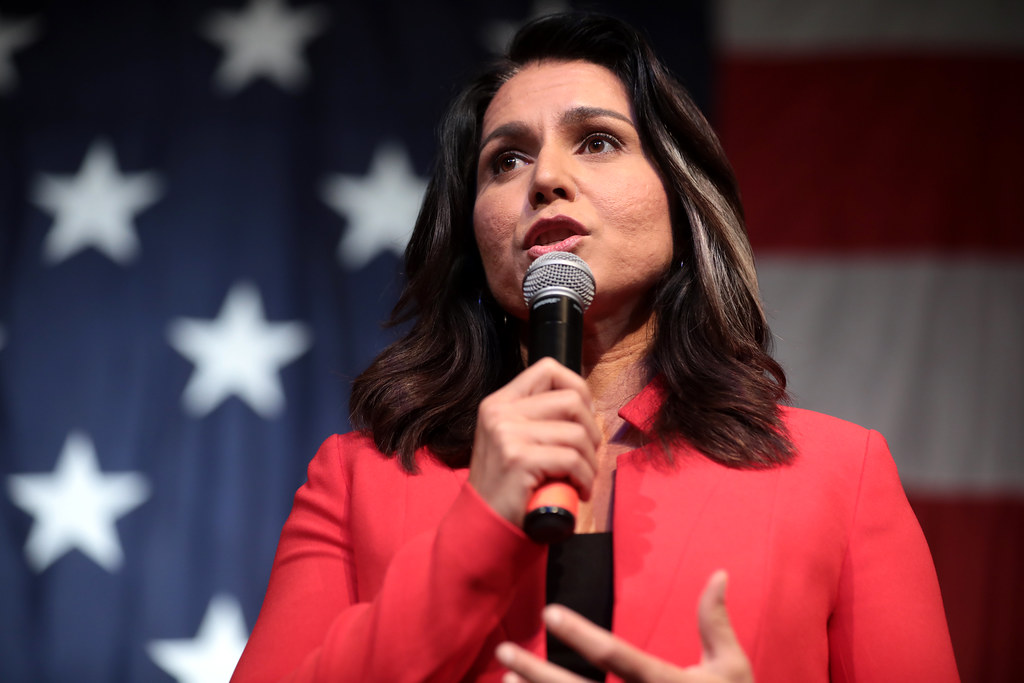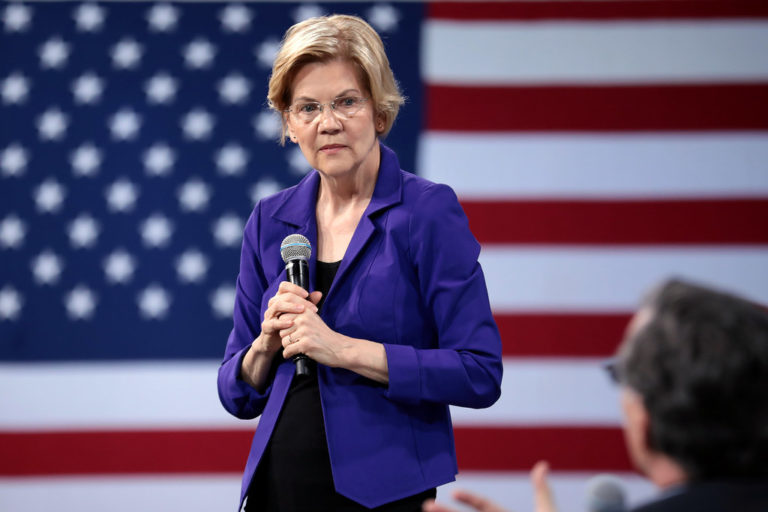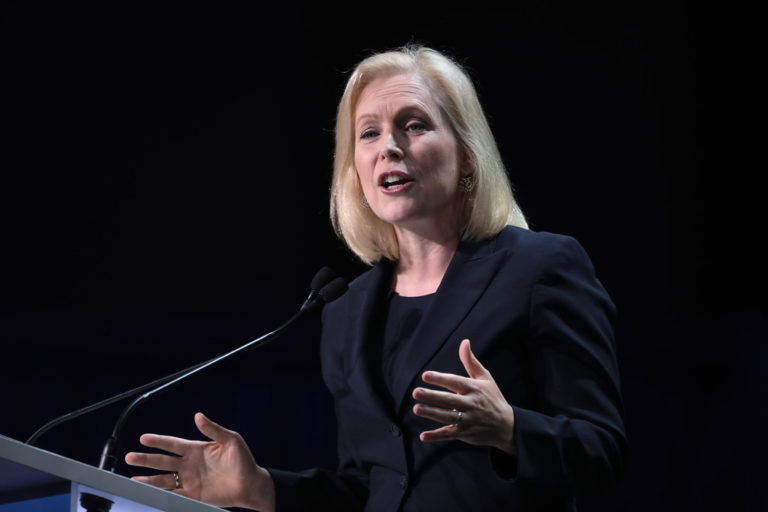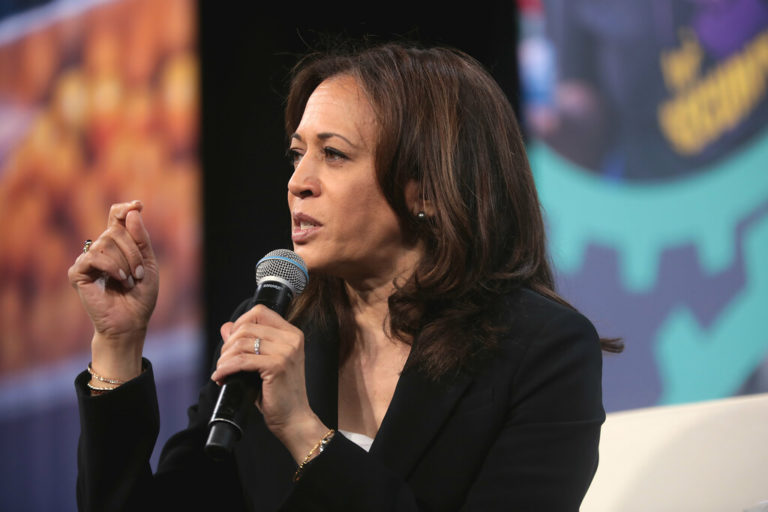Today, Senator Elizabeth Warren ended her presidential bid. The only woman still campaigning is…
Tulsi Gabbard is out. Three things to keep in mind.

Today Tulsi Gabbard announced the end of her presidential bid, making her the last woman to drop out of the 2020 race. Representative Gabbard’s campaign made history as the first woman combat veteran to run for president. She was also the youngest woman, and one of two women of color in the 2020 race. The Democratic primary started with six women, breaking records and changing the conversation around women in politics. With Representative Gabbard’s exit from the race, here’s what we’re keeping in mind:
It’s time to change our idea of what a “Commander is Chief” looks like.
As the first female combat veteran to run for president, Tulsi Gabbard helped voters reshape their idea of what a “Commander in Chief” could look like. In the past, Barbara Lee Family Foundation research found that national security has been a difficult issue for women candidates. Americans tend to hold a gendered view of who is qualified to lead in a crisis. However, on the debate stage this cycle, Representative Gabbard frequently used her military experience to showcase her qualifications. We also saw a number of women veterans elected in 2018 who leveraged their national security experience while on the campaign trail. We hope that these advancements, and Representative Gabbard’s time in the national spotlight, can help change these outdated voter perceptions.
Women are held to a higher standard when running for executive office.
Despite the fact that Tulsi Gabbard is a sitting member of Congress, her campaign failed to capture the national momentum of other candidates. Low polling numbers kept her out of recent debates, and she only scooped up two delegates in the primaries leading up to today. For 20 years the Barbara Lee Family Foundation has consistently found that voters hold women to a higher standard when they run for executive office, and are more comfortable supporting a woman running to be part of a deliberative body. However, research has shown time and time again that women are electable, and that voters reject the idea that the US isn’t ready for a woman president. We hope that having seen six women on the campaign trail this cycle will help voters see women as viable candidates for executive office in the future.
Representation, on and off the campaign trail, matters.
The 2020 presidential race brought unprecedented diversity to the campaign trail, especially for women. With six female contenders – two women of color, and one combat veteran – hailing from all over the country, voters were able to truly see women as individual candidates for the first time. Having multiple women in the field meant that there was no “token woman” candidate. And when women are no longer expected to speak for their entire gender, they are able to emerge as 360-degree candidates. This means that they were running as their authentic selves, connecting with voters directly by sharing their personal stories and experiences. Although there are no longer any women in the race, 2020 was a step forward for women’s representation in politics, and as BLFF founder Barbara Lee said, “now that we’ve seen what a diverse debate stage can look like, it’s hard to imagine being satisfied with anything else.”






